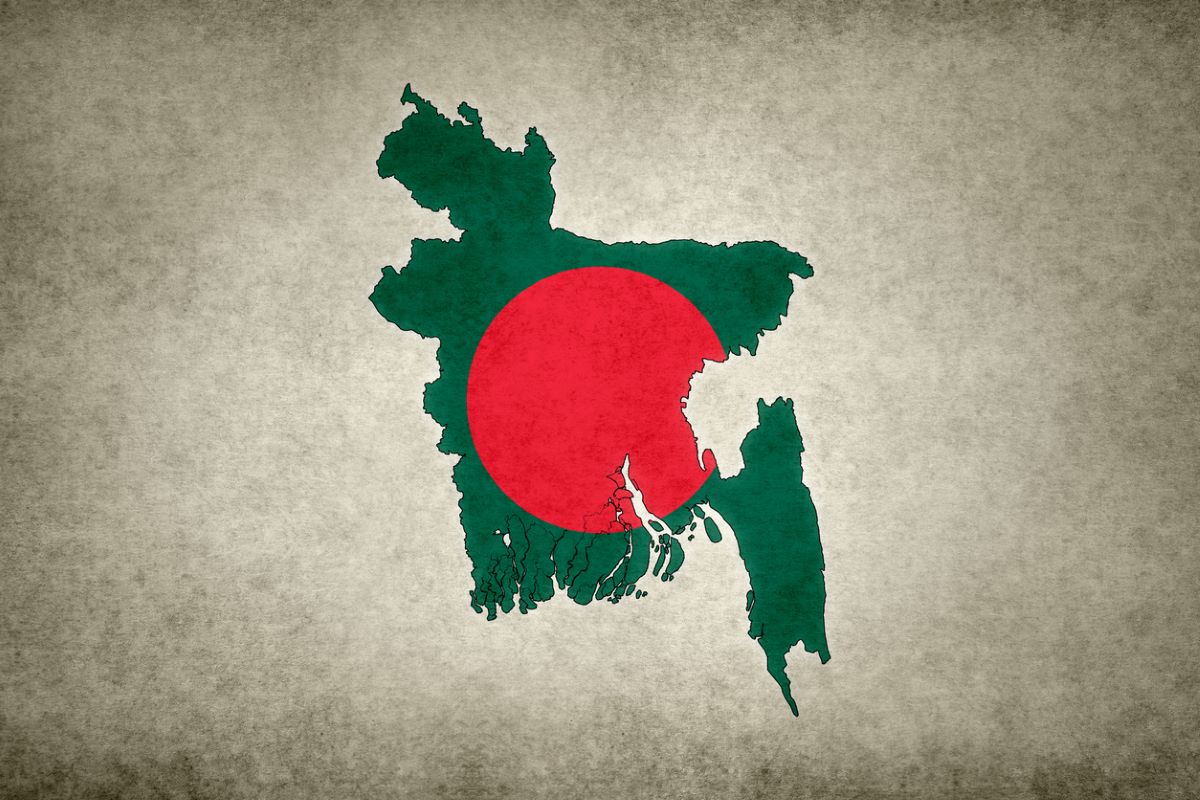Dhaka, the nucleus of Bangladesh’s economic success, is the most densely populated city in the country (and perhaps in the world), accommodating more than 47,000 people per square kilometre (as of 2018).
The megacity alone accounts for one-fifth of GDP and nearly half of the country’s jobs. Dhaka is also the fourth least liveable city in the world, according to the Economist Intelligence Unit’s annual global survey in 2021. The country’s commercial lifeline has been subjected to haphazard and unplanned urbanisation, as a result of which it is now facing an existential crisis of its own. Dhaka is plagued with high levels of pollution, unbearable traffic congestions and unplanned cluster of habitats mushrooming everywhere.
Advertisement
The city often finds itself at the top of the Air Quality Index (AQI), with scores as high as 288 – AQI score between 201 and 300 is considered “poor,” while 301 to 400 is considered “hazardous.” The average driving speed of seven kilometres per hour is not only physically taxing for the commuters, but also takes a toll on the economy.
A 2017 World Bank study suggests that 3.2 million working hours are lost every day due to Dhaka’s traffic congestion. A 2018 study by the Accident Research Institute (ARI) of Bangladesh University of Engineering and Technology (Buet) reveals that traffic congestion costs the economy a staggering Tk 37,000 crore every year. Given that these data are four to five years old, one might assume that the current scenario has only become worse.
An article by The New York Times reporter Lisa Friedman, hosted on the Cities Alliance website, suggests that each year about 500,000 people migrate to Dhaka from rural and coastal areas. With the land mass remaining constant, it is only natural that this growing population burden would take a toll on the city. Then there are the unplanned roads and alleys, which make the city even more vulnerable to disasters and make disaster management more challenging.
Let’s take the fire incidents as a case in point. These incidents are a recurring phenomenon in Dhaka – for many reasons ranging from violation of guidelines and usage of residential areas for commercial purposes, to lack of basic fire safety measures in the buildings. Managing fire hazards has been made even more difficult in many localities because of the narrow roads that are inaccessible for large vehicles carrying heavy equipment.
Moreover, the desperation of people who migrate to Dhaka from other parts of the country is often exploited by some vested interest groups, leading to criminal activities and increased pressure on law and order management. And with unemployment increasing – many employers had to lay off workers to mitigate the pandemic-induced losses – the migrants remain prone to the lures of income opportunities by unscrupulous individuals. And people still keep migrating to Dhaka in the hopes of building a better life. And why not?
Dhaka city, along with the greater Dhaka region, account for 48 per cent of all the jobs in Bangladesh. All the major infrastructures of governance, including the secretariat, are based in Dhaka. The best educational institutions and medical facilities are concentrated in Dhaka. Who would not want to have these facilities? The question is: For how long would we be able to sustain this rampant concentrated urbanisation?
A report presented at the Annual BIDS Conference on Development in 2021 says Bangladesh’s per capita income and GDP was 11 per cent lower than its potential in 2017, as a result of excessive resource concentration and economic activities in Dhaka. The report further suggests that the country is losing between 6 and 10 per cent of GDP because Dhaka’s growth rate exceeds the optimum rate.
If this continues, in the long run, Dhaka’s rapid urbanisation will become a liability for the nation’s growth and development. Do we want to keep watching as Dhaka crumbles down by the burden of overpopulation? On multiple occasions, experts have recommended the capital’s decentralisation to take off the extra population load. It is time for us to act on those suggestions now. This is not only about empowering local governance, down to the district levels, with decision-making abilities, or improving the educational and healthcare services across the 64 districts, but also about creating economic hubs in all the regions.
Every region has its strengths, and these strengths should be leveraged to create employment opportunities for the local people. The government should consider offering incentives to industries to relocate outside Dhaka. In addition, to support the industries, the government should build the necessary infrastructure and improve connectivity to ensure smooth trade and transactions.
Moreover, medium-sized, climate-resilient secondary cities need to be developed across Bangladesh, so that people can find livelihood opportunities closer to home. People living in the coastal areas are especially prone to internal migration, and there should be a plan for their proper, constructive rehabilitation in the nearest secondary city, so that they do not find themselves lost in big cities without any livelihood support.
For Bangladesh, there is no alternative to developing secondary cities. We have big aspirations: we want to achieve all the Sustainable Development Goals by 2030, we want to become a developed nation by 2041. But without developing sustainable, economically efficient, climateresilient cities, achieving these goals would be impossible.
For a prosperous tomorrow, we need to act today, and the responsibility falls on the policymakers. It is high time they revisited their vision for Dhaka and took proactive measures to turn it into a liveable city.
(The Daily Star/ANN.)











